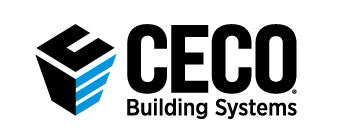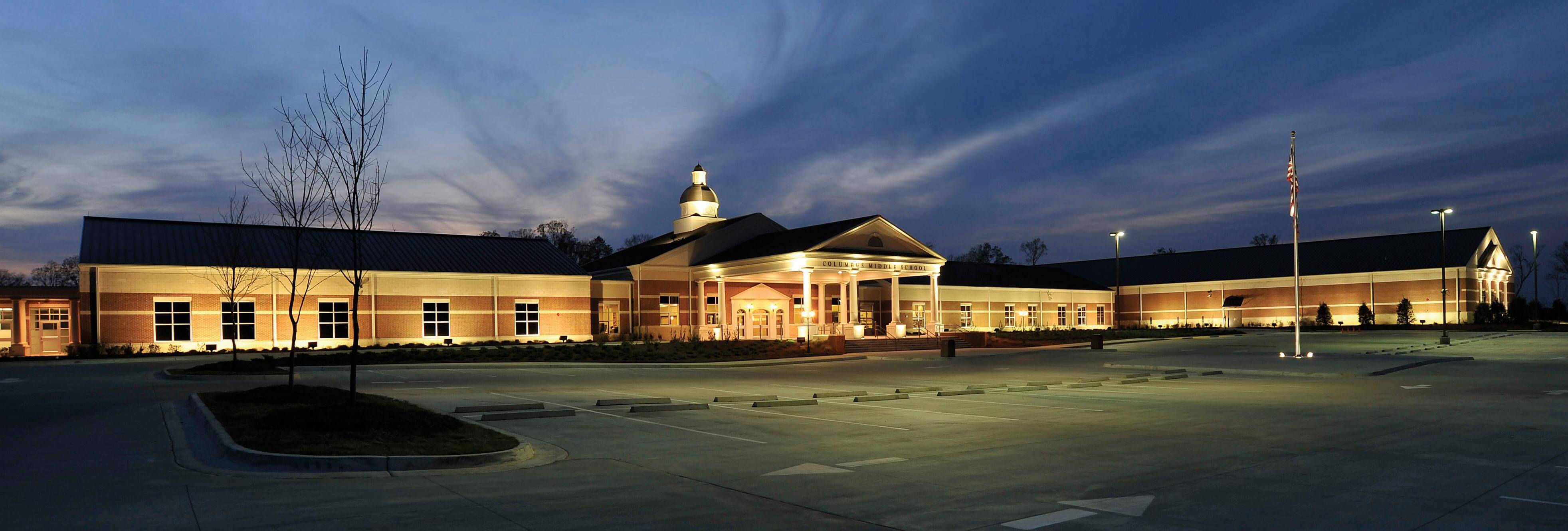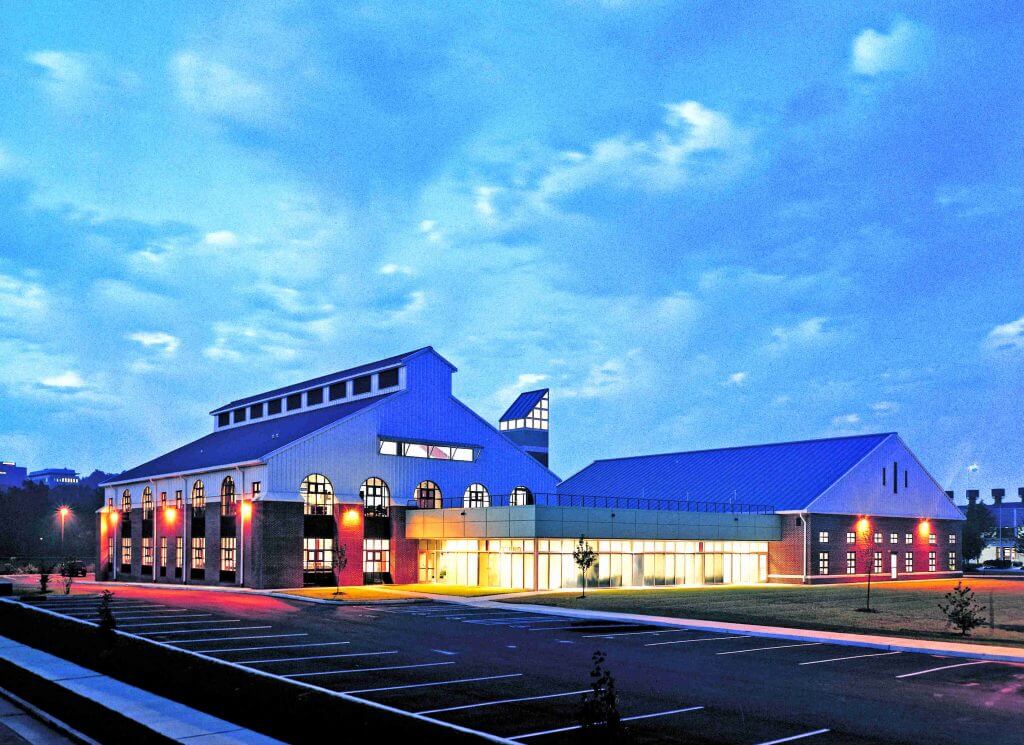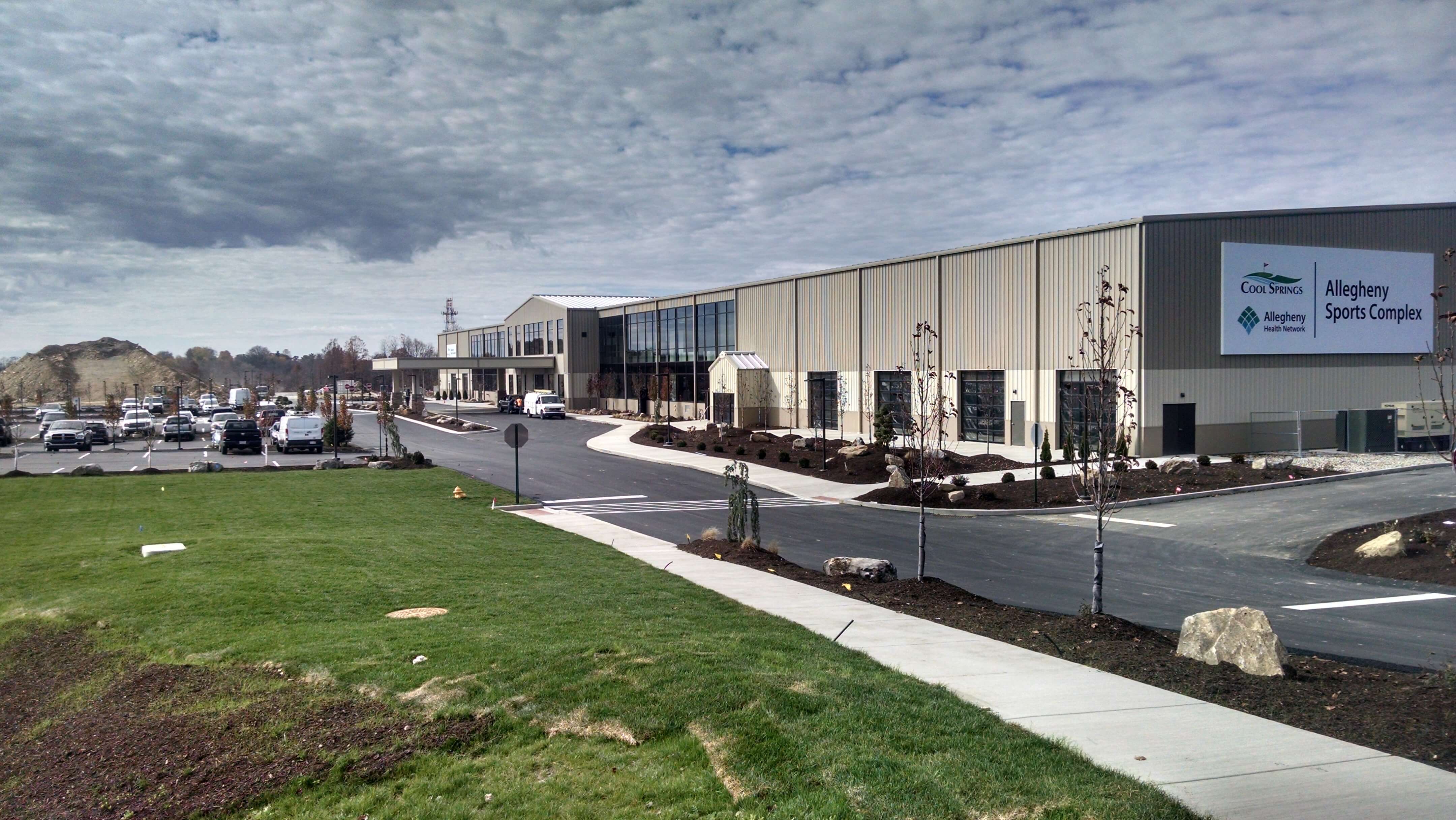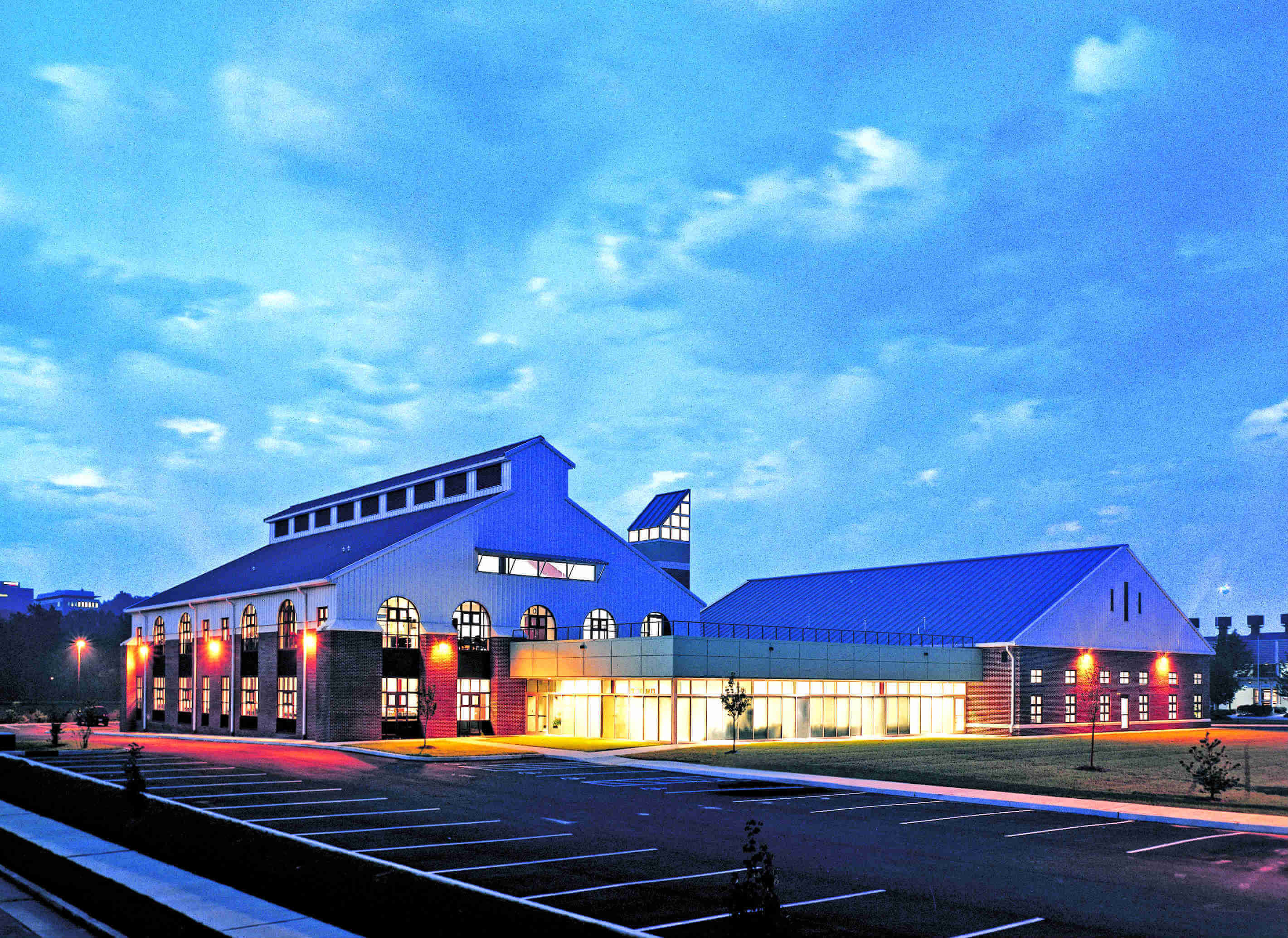
Posted on November 16, 2017 by Ceco Building Systems
After reading our prior blog post on severe weather and resilience of metal buildings, some may consider manufacturer warranty coverage, particularly for metal roofing. When it comes time to repair damage from a storm or even from normal-use conditions, it’s always good to be clear on what’s covered under a warranty and what isn’t. (Note that warranties exist independently of any building or property insurance, although an insurer may seek that warranty coverage be invoked first before stepping in for a covered loss or damage.)
A warranty is basically a contract between the building owner and the manufacturer of the metal roofing system agreeing that any deficiencies found will be repaired within the limits of the warranty language. Thus, most warranties focus not just on the metal roofing itself, but on the entire metal roofing system. This is true whether part of new-building construction or a retrofit application on a pre-existing building. Further, for some warranties to be valid, that system must be put in place by installers certified by the manufacturer, with system inspections required during construction.
Anyone engaged in specifying warranty coverage on a metal roofing system needs to understand that the common phrase “manufacturer’s standard warranty” is not specific enough, since there are at least six choices of common warranties. Each comes with a different cost to the owner (warranties are not free, but the cost can be included in the total roofing system price) and each has different levels of coverage and requirements. The six most common are summarized below:
Standard Warranties:
This category of basic warranties comes in three levels, but all are based on the roof system first completing a 24-month leak-free period following installation. In essence, it’s the installer who needs to address any issues during this period. After that, the manufacturer warrants the roofing system for weathertightness for five to 25 years based on the warranty period selected, with corresponding costs. Using the popular 20-year warranty coverage as the basis, the three levels can be described as follows:
Standard Level 1: This most basic level of warranty coverage does not require a certified installer. A 20-year warranty will commonly cost on the order of nine cents per square foot and provide dollar coverage for repairs of about 20 cents per square foot of installed roofing. So, for example, a 10,000-square-foot roof would cost $900 (some have a $1,000 minimum) for this warranty and pay out up to $2,000 in repairs. The numbers for larger roofs would increase directly based on square footage.
Standard Level 2: One step up in coverage, a “standard 2” warranty also does not require a certified installer. It is similar to a standard 1 warranty but at an initial cost on the order of 16 cents per square foot with dollar coverage of $3.50 or so per square foot of installed roofing over the 20 years. In our 10,000-square-foot roof example, this 20-year warranty would cost $2,000 (also may be the minimum cost) and pay out up to $35,000 in repairs (numbers for larger roofs similarly increase based on square footage).
Standard Level 3: This is the highest level of the “standard” warranties but in this case, a certified installer is required. Just as in the above two cases, the warranty will pay for repairs after the 24-month period but with no dollar limit on the payment amount over the life of the warranty. This higher level of protection comes with a higher cost—on the order of 30 cents per square foot for a 20-year warranty. Our 10,000-square-foot roof then would cost $3,000 (may also be the minimum cost) for this warranty without any dollar limit on repairs (cost for larger roofs increases based on square footage – still no dollar limit on repairs).
Single-Source Warranties:
Manufacturers also offer another category of warranties that do not require the 24-month leak-free period following installation. Instead, the warranty coverage begins from the first day of completion of the roof system, hence making the manufacturer the “single source” of coverage.
For this warranty type to be offered, at any level, the construction of the roofing system must be performed by a certified installer/erector with inspections occurring at least three times (beginning, mid-point, end). The costs for the inspections are included in the warranty charges.
These warranties are also available in three levels (Single Source 1, 2, and 3), similarly offering choices in lengths of coverage (five – 25 years), different corresponding costs (approximately 25, 32, or 41 cents per square foot respectively for a 20-year warranty), and different levels of dollar coverage ($7, $14, or no limit respectively for a 20-year warranty). Warranty details should be reviewed with the manufacturer or a certified installer/erector to help make the best selection for a particular project.
If you are interested in finding out more about warranted metal roofing systems, contact your local Ceco representative at https://www.cecobuildings.com/contact .
Content for this article was provided by Todd Mercer, Ceco Construction Services Manager.
After reading our prior blog post on severe weather and resilience of metal buildings, some may consider manufacturer warranty coverage, particularly for metal roofing. When it comes time to repair…
